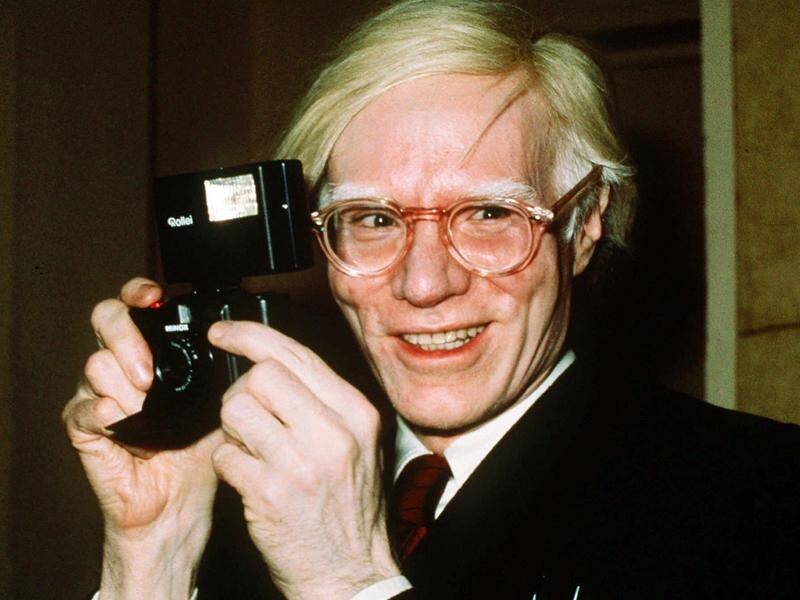
Andy Warhol's estate has lost its US Supreme Court copyright fight with celebrity photographer Lynn Goldsmith as the justices faulted the pop artist's use of her photo of singer Prince in a silkscreen series depicting the rock star.
Subscribe now for unlimited access.
or signup to continue reading
The justices, in a 7-2 ruling authored by progressive Justice Sonia Sotomayor, upheld a lower court's ruling that Warhol's works based on Goldsmith's 1981 photo were not immune from her copyright infringement lawsuit.
The case has been watched closely in the art world and entertainment industry for its implications regarding the legal doctrine called fair use, which promotes freedom of expression by allowing the use of copyright-protected works under certain circumstances without the owner's permission.
Warhol, who died in 1987, was a foremost participant in the pop art movement that germinated in the 1950s.
He created silkscreen print paintings and other revered and financially valuable works inspired by photos of celebrities including actress Marilyn Monroe, singer Elvis Presley, Queen Elizabeth, Chinese leader Mao Zedong and boxer Muhammad Ali.
At issue in the litigation involving Goldsmith was Warhol's Orange Prince series.
Vanity Fair magazine had commissioned Warhol to make an image of Prince to be published accompanying a story about the rocker, giving credit to Goldsmith for the source photograph.
Warhol created 14 silkscreens and two pencil illustrations based on the photo that Goldsmith had taken of Prince for Newsweek magazine in 1981, most of which were not authorised by the photographer.
Goldsmith, 75, has said she learned of the unauthorised works only after Prince's 2016 death.
She countersued the Andy Warhol Foundation in 2017 after it asked a court to find that the works did not violate her copyright.
A key factor courts have used to determine fair use is whether the new work has a "transformative" purpose such as parody, education or criticism.
The New York-based 2nd US Circuit Court of Appeals reversed a judge's ruling that Warhol had made fair use of Goldsmith's photo by transforming her depiction of a "vulnerable" musician into a "larger-than-life" figure.
The 2nd Circuit decided that judges should not "assume the role of art critic" by considering its meaning but instead decide whether the new work has a different artistic purpose and character from the old one.
Under that standard, the circuit court said Warhol's paintings were closer to adapting Goldsmith's photo in a different medium than transforming it.
Echoing a recommendation from US President Joe Biden's administration, the Supreme Court focused on the specific use that allegedly infringed Goldsmith's copyright - a licence of Warhol's work to Conde Nast - and said it was not transformative because it served the same commercial purpose as Goldsmith's photo: to depict Prince in a magazine.
Sotomayor distinguished that use from Warhol's pop art, like his famed prints of Campbell Soup cans.
"The Soup Cans series uses Campbell's copyrighted work for an artistic commentary on consumerism, a purpose that is orthogonal to advertising soup," Sotomayor wrote.
Progressive Justice Elena Kagan wrote a dissent joined by conservative Chief Justice John Roberts, arguing for the artistic value of appropriation with nods to artists ranging from author William Shakespeare to painter Eduoard Manet to rock musician Nick Cave.
"All that matters" in the ruling issued by the court's majority, Kagan wrote, "is that Warhol and the publisher entered into a licensing transaction, similar to one Goldsmith might have done. Because the artist had such a commercial purpose, all the creativity in the world could not save him."
"In declining to acknowledge the importance of transformative copying, the court today, and for the first time, turns its back on how creativity works," Kagan said.
Sotomayor wrote that dissent written by Kagan "misses the forest for a tree," and that its "single-minded focus on the value of copying ignores the value of original works".
Australian Associated Press

